REVIEW – When I installed the game, I had no idea that I would have a lasting experience in the days to come. Syberia: The World Before is the fourth instalment in the Syberia series (the fifth if you count Amerzone) and the first to really step outside the main narrative of the previous games and take a whole new direction. Microid’s new game debuted on March 18, 2022, but there’s already a lot of talk about the story and ending online, so we can already see the success of the new Sokal game. But what makes the new Syberia so successful?
The success of Syberia: The World Before owes a great deal to the story, which is told through the eyes of our two protagonists. In the opening chapter, we find ourselves in 1937, stepping off the tram as Dana Rose, hurrying to the steampunk-influenced monumental piano in Vaghen’s main square, where the eyes of the city are on us as we perform Vaghen’s anthem, Dana’s music academy exam piece. Dana Rose is a pretty and unassuming 17-year-old Vaghenian girl with a God-given musical talent, but it’s questionable whether she’ll have the opportunity to put it to good use. The town of Vaghen, along with the surrounding areas, is under increasing threat from the terror of the National Socialist ‘Brown Shadow’ party, who are determined to destroy all those who stand in the way of the ‘superior race’, including the Vaghenians. The winds of war and destruction are already blowing through Europe, but the inhabitants of this small town are safe – for now. Then we jump forward in time and space to 2004, and into the skin of Kate Walker from the previous Syberia games, deep in a salt mine in the Taiga. Kate and her cellmate Katyusha, a punk musician, try to find a way to escape, which they discover in the form of a hidden tunnel and treasure left behind by the Brown Shadow. Then they stumble upon a mysterious painting from 1937, a near-perfect likeness of Kate in the foreground of a beautiful Alpine landscape. The two girls decide to investigate the painting’s origins together. Then tragedy strikes, Kate loses her friend and, in a last promise to her, sets out to find the girl in the mysterious painting.
The story – Past meets present
This is how Kate Walker ends up in Vaghen, where she tries to track down everything she can about the painting, and most importantly, the girl in it, Dana Rose. Through Kate’s investigation, we learn more and more about her mysterious doppelganger’s past and, at the same time, about Kate herself, as the line between the two story threads becomes thinner and thinner until at one point they converge. Beyond the specific interconnection of the two narratives, there are of course many parallels and links between Kate and Dana. One of them is the mysterious musical swan that has captured Kate’s imagination since childhood, and which bears a striking resemblance to the golden swans of the clock tower in Vaghen. Or the musical talents of the two girls, their European roots, and later, the many clues that bring Kate closer to finding Dana.
Dana and Kate have more in common than just their looks; both are outsiders in some ways, facing many tragical losses, and when left to their own devices, both become perpetual travellers in search of themselves and their purpose in the world. In her search for Dana, Kate gets to know beautiful the Vaghen and its surroundings, its history, the people who are an integral part of both the town and Dana’s story, and with their help, she unravels step by step the story of drama, passion, friendships, adventure, tragedy, and struggle that we experience as Dana at the dawn of the Second World War through film, photographs, diaries, and letters.
Symbols and atmosphere
One of the most striking elements of Syberia: The World Before is the almost intangible atmosphere that grips the player from the very first moment. There are of course many components to this, including the brilliant music, the detailed and art nouveau/inter-war style graphics, the rich details in side quests and the beautiful cutscenes. At the same time, these background elements of the game are also highly relevant symbols that play an important role in the story.
The tram – In the opening scene, Dana Rose is first seen on the tram, and Kate changes her bike to the tram when she sets out to explore Vaghen, as there is no other way to get around the city. The tram travels through Vaghen, one end of the line leading to a cemetery on a small island on a lake on the outskirts of town, the other to a refuge in the snow-capped mountains. The story takes you almost everywhere by tram, but unlike many games, the journey itself is not skipped, as it is a very important part of the story. You can follow every tram journey, with plenty of opportunity to admire the beautiful scenery of Vaghen, and you’ll also be treated to important conversations, monologues and telling silences. We learn a lot of important information while sitting on the tram. The tram is almost a kind of mediator between Kate’s world and Dana’s, tracing the important points in Dana’s life from beginning to end, narrating in landscape and conversation an adventurous and tragic journey through life, so deeply imbued with the town of Vaghen. For Kate, too, the tram is a key ‘device’ that leads her to the clues, making her an increasingly integral part of Vaghen, but also showing her what is painful to see.
Music – Without a doubt, a key element of the game is the magical classical score that accompanies our adventures from the first scene through to the end. However, the music is perhaps not just for its own sake, perhaps it also functions as a symbol, serving as a connecting link between Dana and Kate. In addition to the background music, there are several insert motifs in the story; Chopin’s works appear regularly in Dana’s life, symbolising both the dreamlike moments of happiness that help the characters through the difficult pre-war period and provide a sense of calm and untroubled joy in a fascist-dominated atmosphere, but also symbolising the ‘otherness’ for which Dana and her companions are condemned to persecution. The other recurring musical motif is even more significant. Vaghen’s hymn is played in the very first scene, and this is the last time Dana plays it on the piano. Later, at the same piano, Kate plays it, which is the first concrete link between her and Dana’s story. The hymn holds great meaning for both girls; it symbolizes the terribly deep bonds and roots that bind them to their past and to the town, a history that neither of them can ultimately forget or let go of. This gives the song a bittersweet and an endlessly familiar and almost ‘homecoming’ charge, representing the long lost, pre-war world of Vaghen and with it Dana’s past.
Besides these, there are several other little details that make the game a very unique and atmospheric experience, and which make the player feel completely immersed in the small world of the story. This includes, for example, the fact that, in addition to the linear storyline, there are numerous opportunities to explore the environment around us. These side quests are not essential to complete the game, but it can add a lot to the experience.
More than once, I found myself completely immersed in the situation of one of the main characters during the game, and even long after I finished the game, I still felt part of the their world. I think it’s in these little details, along with the story and the distinctly vintage feel, that the success of the latest Syberia lies, because you can follow the characters through the years with your heart and soul.
Gameplay
The game basically follows a linear narrative, so there is only one ending. This is both an advantage and a disadvantage. An advantage because you don’t have to worry about not being able to solve a quest and having to replay the scene several times. Instead, if we stray off the path, our character will let us know where to go next with a comment that fits. However, there are some drawbacks to the linear narrative, I think it would have been interesting to have had more possible endings to choose from, with some characters’ fates taking a different turn. Of course, I’m not talking here about achieving a perfect happy ending, because we need dramatic threads in the story, just a bit bigger freedom in terms of choices. Speaking of that, we do have to make some choices over the course of the story, however, they mostly affect the conversations, they don’t really have long-lasting effects on the story.
The gameplay, by the way, consists of two main elements that alternate in turn. The story is mostly told through cutscenes and dialogues in which you can choose between different answers, while progress and clues are provided by puzzle-like tasks. These are easier or harder logic puzzles to solve using objects and small details found around the character or collected earlier, but don’t worry if you get stuck, you can always ask for hints using the menu in the top right corner until you solve the puzzle. This is where the steampunk side of the game comes into play, as most of the puzzles are objects with automatons or trick lock. Some of these puzzles can take up to half an hour to solve, especially if it’s not so clear what order you’re supposed to solve them in. Oscar, the armadillo automaton, is a great help in these quests, giving hints and, if necessary, cooperatively helping Kate to solve the tasks. There are also several occasions when Kate and Dana must solve a task in parallel, in which case we can use the information gathered by the other back and forth.
The puzzle-like tasks, the exploration/adventure scenes and the cutscenes that tell the story are alternated in a good proportion, so we don’t feel that there are too few interactive opportunities, but we don’t get bored of the puzzles either, of course, this depends on everyone’s individual taste. The game is also very easy to control, you only need the mouse, and you get clear on-screen help for special mouse movements, which is great, because you don’t have to sit in front of the screen for half an hour without figuring out what movement you should use to, for example, twist a key or cut down a tree. (Unfortunately, I did have that experience in other games.) I did miss the keyboard a bit, which could have made it easier to navigate, but that depends on which type of controls you’re used to.
The game can be played without knowing the previous episodes, but otherwise it can be even more enjoyable if you know the prequels, as Kate’s story thread contains many references to it.
Graphics, sound and music
Personally, this is one of the things that caught me the most. There’s no doubt that a huge amount of attention has been paid to the graphics of the game, which I’ve already written about above. If you play the game on maximum graphics settings, you will notice how rich in detail it is. I found almost no flaws in the rendering, and the backgrounds are also amazingly detailed in every scene, for example, while the “camera” is focused on Kate, we see the lady in the gift shop window, or as we walk through the main square, the characters are talking on the terraces of the cafes, also detailed, or the leaves are falling from the trees in autumn and the objects reflect the early afternoon sunshine.
The game’s background music is also beautiful, truly recreating the atmosphere of the pre-war world. The voice acting is also excellent. The actors have done an excellent job, the British-accented characters almost authentically evoke the atmosphere of the films of the thirties and forties, which fits perfectly into the context of our story. For me, it is also a big plus that, given the German setting of the story, the producers have taken care to ensure the accuracy and correctness of the German texts and subtitles. This makes the game even more serious, because it can be extremely disappointing when an otherwise good game is full of historical, foreign language or contextual inaccuracies.
Otherwise, it’s refreshing to see that Syberia is relatively historically accurate in other details. The characters in Dana’s storyline are dressed in authentic clothing rather than stereotypical “vintage” pieces, and the objects, vehicles, and buildings (apart from being a steampunk-based game, of course) are also historically accurate. It’s this fastidiousness that really makes the story feel so intensely immersive.
As for the graphics, however, the quirks must also be mentioned. The most fundamental problem with the game is the performance requirements for the PC version. The whole game takes up 22 GB of storage space by default, which, moreover, can only be installed on the C drive. But this is of course a solvable problem. At the same time, even with the lowest graphics settings, the game eats up a lot of memory, which means that only capable gamer PCs can take it safely. On weaker computers, it easily to freezes or lags, or you may not be able to get past the loading screen and have to restart the game
-Shion-
Pro:
+ A complex, meaningful and engaging story
+ Beautiful music and graphics that create an unforgettable and authentic atmosphere
+ Easy to navigate
Against:
– High performance requirements, unstable if the PC is not powerful enough
– No alternative storylines or endings
– Mouse/cursor-oriented control
Publisher: Microids
Developer: Microids Studio Paris
Genre: Adventure game
Release date: 18 March, 2022
Syberia: The World Before
Gameplay - 9
Graphics - 9.5
Story - 9.5
Music/Audio - 9.5
Ambience - 9.8
9.5
AWESOME
Syberia: The World Before is an extremely gripping game that, if you like a good story, historical topics, and drama, has the potential to make you feel completely immersed in its world. Personally, I was completely captivated by the game, even though my computer struggled a lot with it. In any case, I can highly recommend it to fans of the genre. The touching story and the exciting challenges taught me a lot about bonds, the importance of heritage and the power of inner determination.

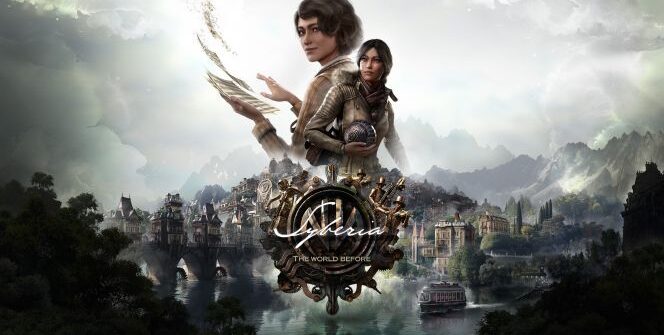
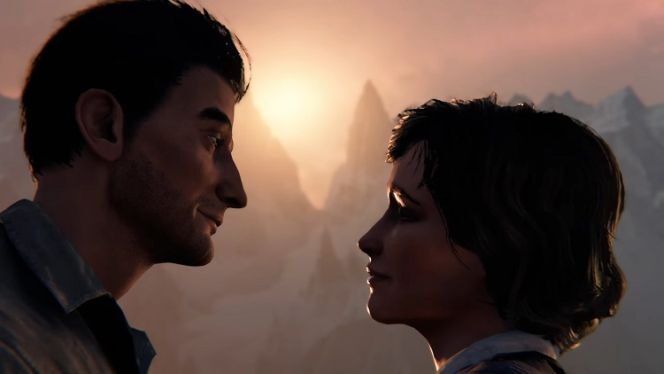
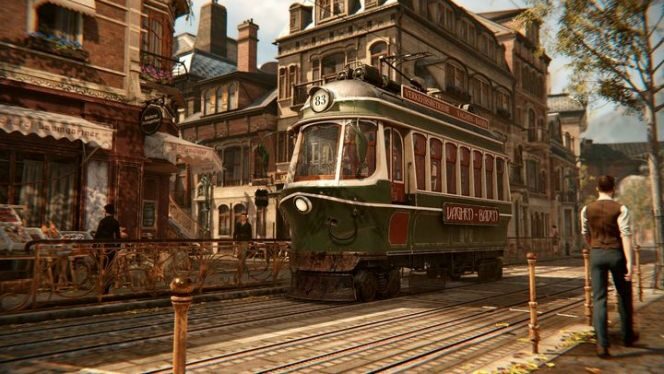
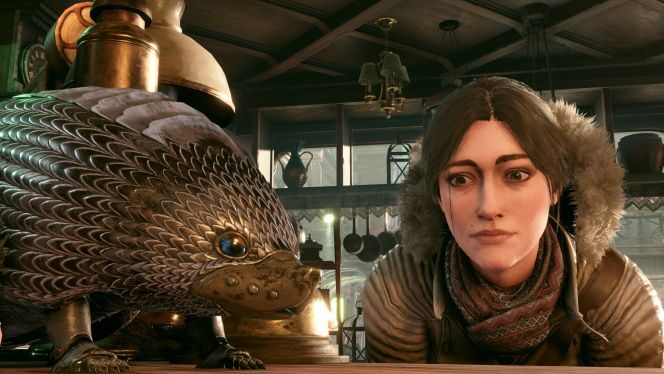


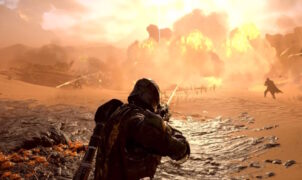

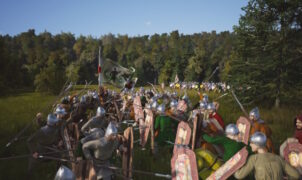

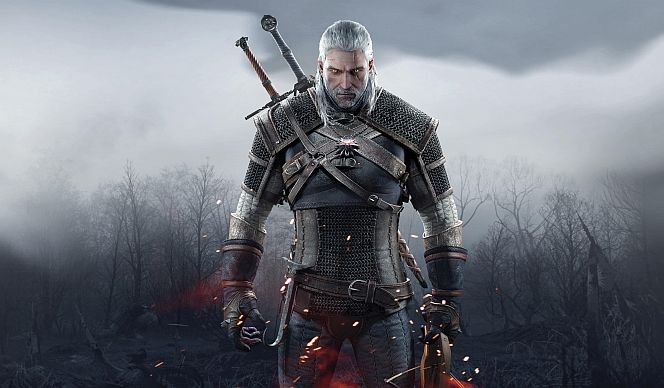

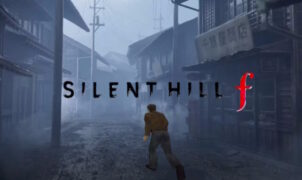
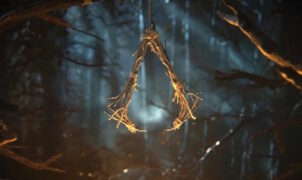




Leave a Reply